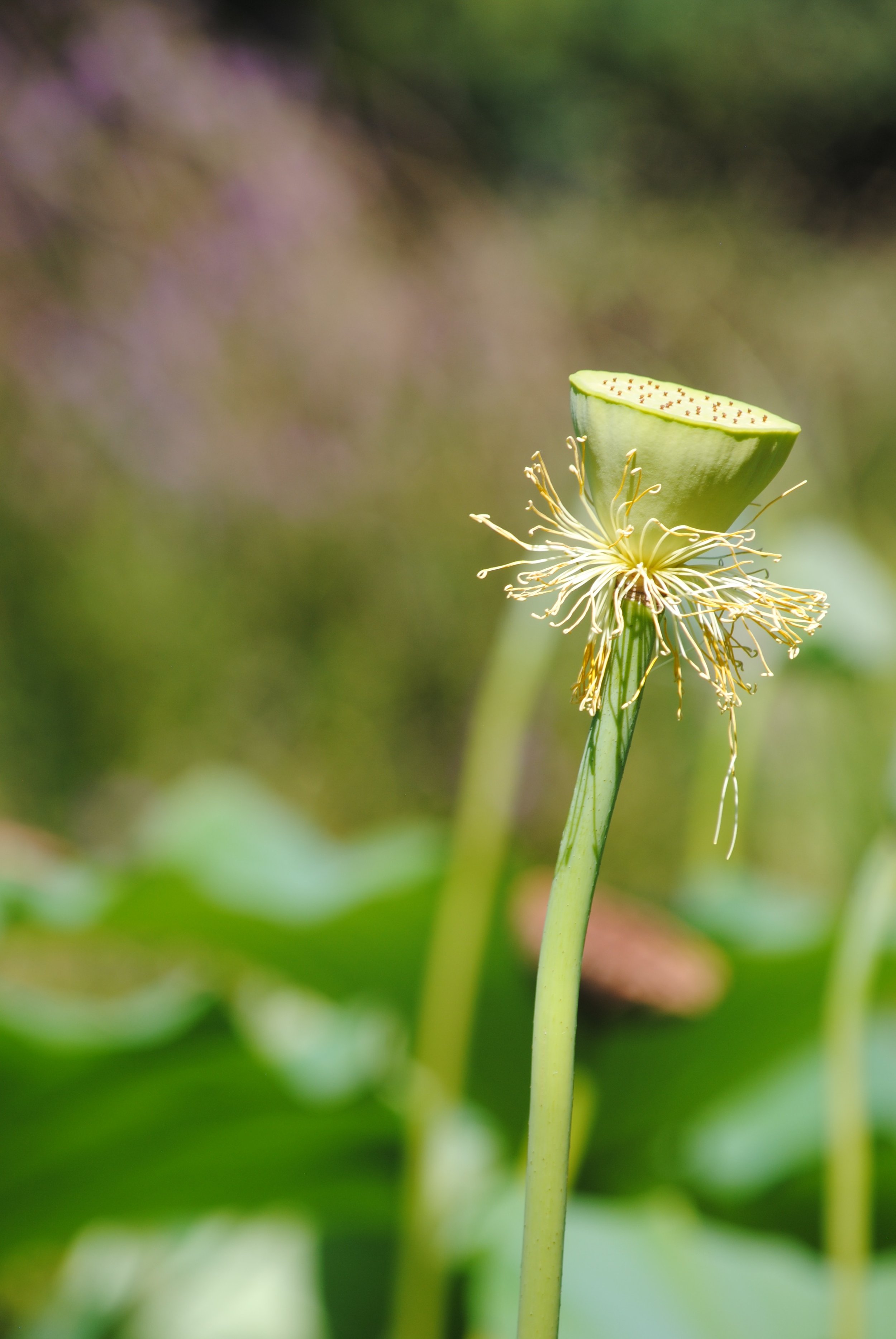My Lotus Blossom Story
Lotus Blossom. Photo by Anna King at Le Jardin des Plantes.
For centuries, the lotus blossom has been a profound symbol of purity, enlightenment and rebirth across many different cultures, particularly in Eastern traditions, such as Hinduism, Buddhism and ancient Egyptian culture.
It’s serene beauty and spiritual significance has continuously inspired artists throughout history, including, Georgia O’Keeffe, who used bold strokes and vibrant colours to capture its essence on canvas.
A Contemplative Exploration of the Lotus Flower
Taking time to meditate upon the wisdom associated with the lotus flower is a mindful practice that helps us let go of the past and embrace that which is unfolding in the ever-present moment.
Keeping this in mind, I invite you to explore my lotus blossom blog, where you will discover insights into the spiritual significance of the lotus, followed by a heart-based Mudra meditation at the bottom of the page.
Out of the darkness of muddy waters beauty is born.
During my last visit to Montpellier in France, I stumbled across an enormous pond of flowering and seeding lotus blossoms at Le Jardin des Plantes. It was a moment of unexpected surreal beauty and an experience that will stay with me for the rest of my life. It really was awe inspiring - and deeply healing.
We discovered the entrance to the garden while I was admiring the architecture of a derelict building near to where we were staying. So, without hesitation, we entered and started rambling along an old stoney pathway that meandered into a bamboo wood. As I chased a little lizard around a corner in an attempt to take a photo of his cheeky smile - my breath was literally taken away.
A truly awe inspiring moment of magic unfolded.
Lotus Blossoms. Photo by Anna King at Le Jardin des Plantes, which was founded in 1593.
With fossil records dating back 130 million years, the sacred lotus flower is one of the oldest plants on earth. It used to proliferate the Northern and Southern hemispheres, but due to climate change its native habitat has declined. Revered in the art, literature and mythology, it is well known for being sacred to Buddhists and Hindu religions, but there is ethnobotanical evidence of other cultures using the lotus for medicinal and ceremonial purposes as well, including Native Americans who used it as a herb in sun ceremonies.
What is particularly fascinating about the lotus is the journey it undertakes to flower.
At dawn the lotus emerges from the murky depth of a pond and pushes its way through the darkness toward the light to flower, untainted by mud or water.
LOTUS BLOSSOMS at Le Jardin des Plantes. Photo by Anna King
The journey of the lotus bud emerging from darkness to light is often associated with the idea of death and rebirth. The struggle of the lotus flower to be (re)united with the sun teaches us that it’s possible to unfold from the dark-night of the soul into awareness; to expand into a state of higher consciousness and eventually sit in the radiance of dawn’s healing light. The cycle of the lotus blossom is a journey of transcendence and renewal. It reminds us that nothing is permanent, that ‘this too will pass,’ and that the process of life, decay and rebirth is a natural part of nature’s magnificence.
Lotus Blossoms. Photo by Anna King at Le Jardin des Plantes, which was founded in 1593.
Lotus wisdom teaches us that there is also an element of intuitive timing to our awakening. Being patient and present with our inner darkness, rather than forcing change too abruptly, is the energetic key that unlocks life-force and vitality. When we are in alignment with the sun and moon, day and night, and at peace with our pain and anguish, change will emerge naturally. We don’t need to rush our healing process, for every step of the way has purpose, meaning and every life-event has a ‘sign’ to guide us along the path of golden light. This is the message of the lotus flower.
Self-Knowledge.
Say not, I have found the truth, but rather, I have found a truth.
Say not, I have found the path of the soul.
Say rather, I have met the soul walking upon my path.
For the soul walks upon all paths.
The soul walks not upon a line, neither does it grow like a reed.
The soul unfolds itself, like a lotus of countless petals.
— Kahlil Gibran
Regarded as a bridge between our ‘inner and outer worlds,’ the lotus blossom’s bud is often compared to a folded heart or soul that has the ability to blossom, or awaken to divine truth. It’s possible to work with this imagery in your yoga or meditation practice.
Lotus Blossom Insights:
You don’t need to force change. Take time in mindful meditation to be present with your pain, and let change unfold naturally in your life. Dawn only rises once a day.
Connect regularly with your inner beauty and nurture self-compassion. Yoga and mindful meditation can help.
Darkness is as important as light - indeed, light emerges out of the darkness - once we realise this we release ourselves from the all-consuming guilt that is often associated with feelings of ‘failure’, or uncomfortable emotions and stressful life events. Once we release guilt (which is often connected to judgement) we can then start the process of healing / change from a place of resilience, rather than desperation.
Due to its magnificence and beauty, the lotus is also considered by many cultures as the embodiment of purity and perfection. It is symbolic of our ‘true nature’ - that which is untouched by our lived-experience.
Lotus Mudra - A heart centred meditation
Finger or hand gestures in yoga are called Mudras. While mostly associated with India, Japan and China, Mudra type gestures have been incorporated into many different culture’s all over the world, for instance in dance traditions, such as Flamenco.
In yoga, Mudras have a number of meanings including gesture, seal, mark and ‘to draw bliss’. They act on the body’s subtle energy systems (meridians, chakras, aura) to create balance and support the body’s natural healing processes:
Subtle physical movements and symbolic Mudra gestures are used to affect the flow of Prana (life-force) in the body.
They cultivate a calm state of mind and focus.
They can affect mood, attitude, perception and awareness.
The therapeutic use of the Lotus Mudra is thought to open the heart centre, generating compassion for ourselves and others.
How to do the Lotus Mudra
Sit in an easy pose, but with the back straight (connecting with sit bones) and - if on a chair, have both feet on the ground.
Settle into the natural ebb and flow of your breath.
Bring the base of the palms together at the heart centre (chest) in prayer.
Touch thumbs and little fingers together
Spread the rest of the fingers out like the lotus flower opening, while keeping the base of the hands touching.
Close your eyes
Take 12 deep long full in-breaths and out-breaths.
Take time witnessing your heart energy.
Release and sit for a few moments in meditation





